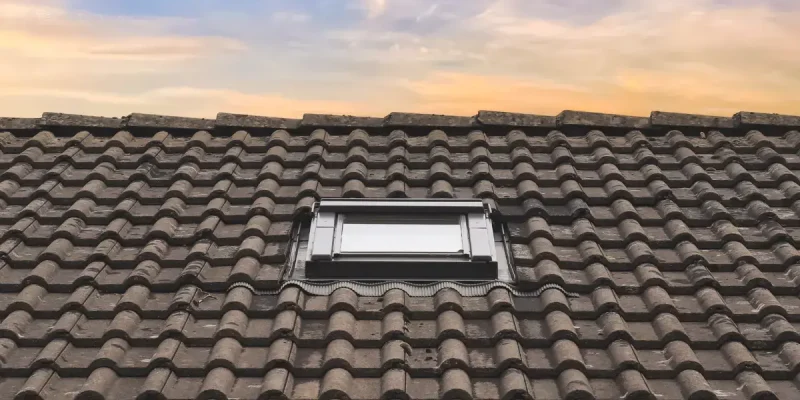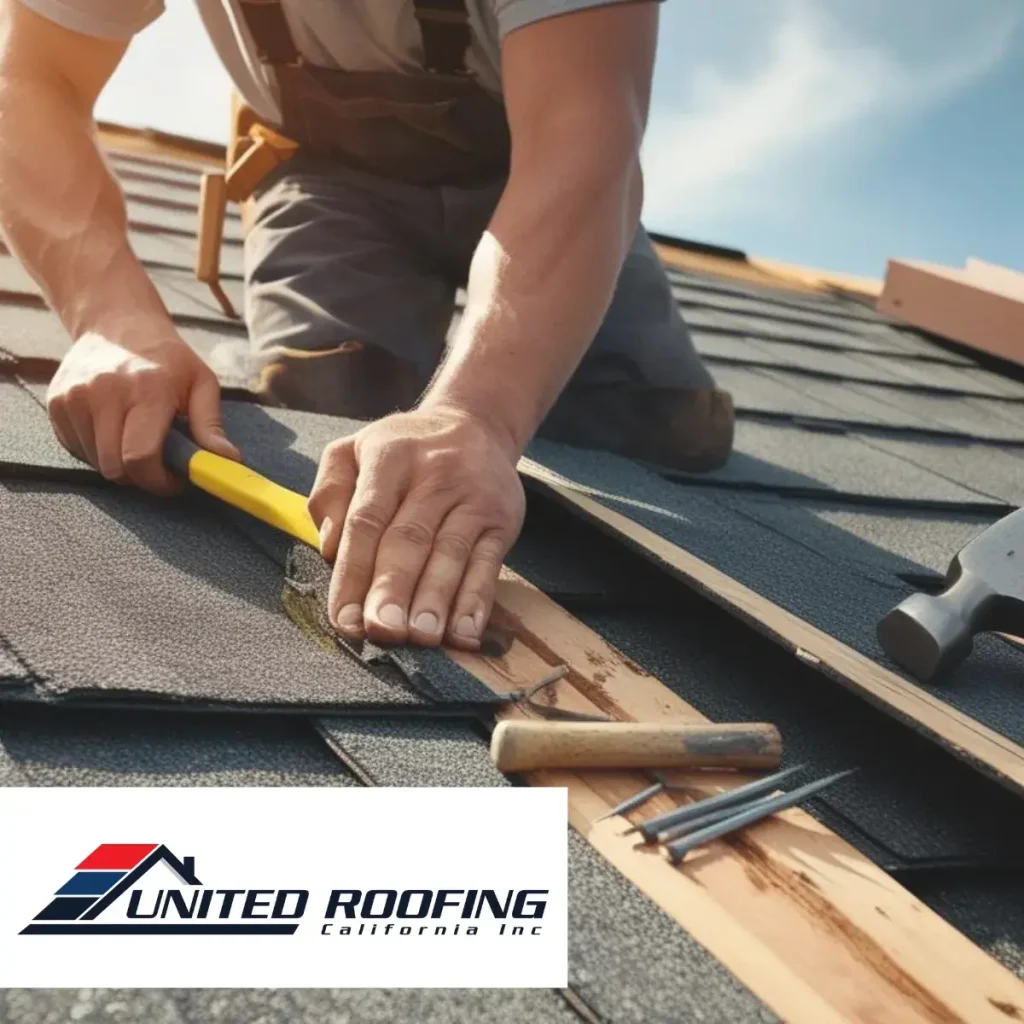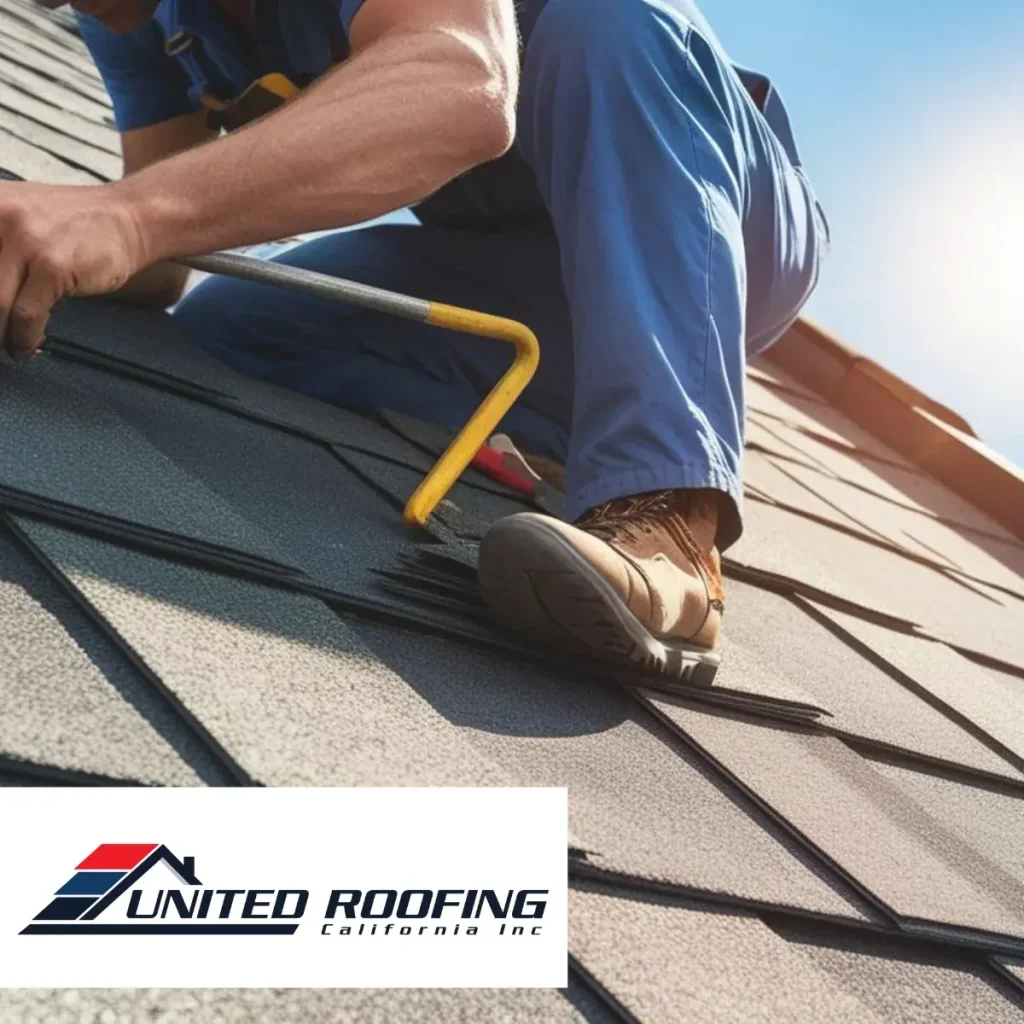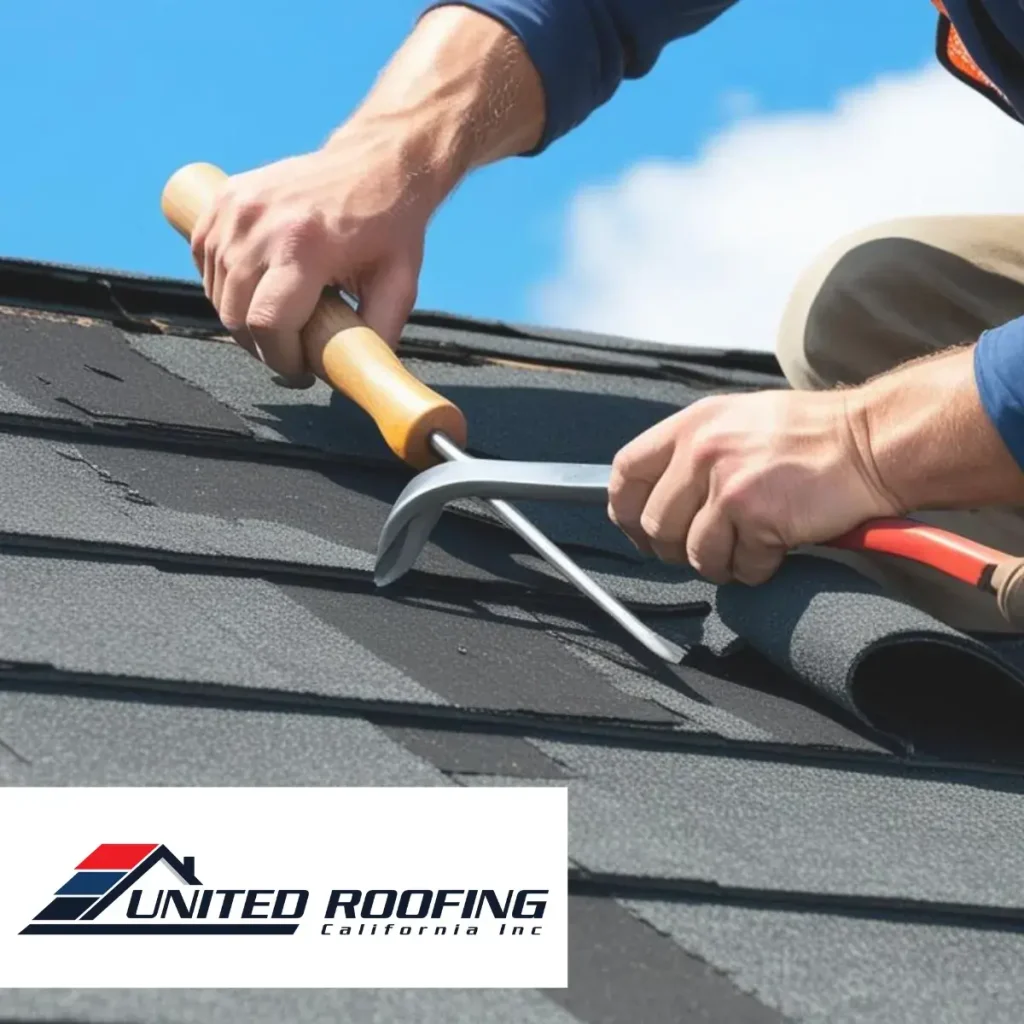When it comes to roof damage, not every issue can wait. Some problems pose an immediate risk to your home or business, requiring urgent attention before they escalate into more costly or dangerous situations. Understanding what constitutes an emergency roofing repair is key to protecting your structure, maintaining safety, and preventing extensive damage from setting in. If you’re seeing certain red flags, it’s best to act quickly and contact a professional.
Major Leaks and Active Water Intrusion
One of the most common signs that immediate action is necessary is visible water entering your property. Whether it’s a steady drip or a sudden rush of water after a storm, leaks can weaken structural components, damage insulation, and lead to mold growth within hours. Roof leaks that affect living or working areas should always be treated as an emergency. The sooner the issue is addressed, the better your chances are of minimizing the long-term effects and keeping restoration costs down. A professional roofing repair specialist can identify the source and apply temporary or permanent fixes fast.
Storm Damage and Impact from Debris
Severe weather can turn an otherwise sound roof into a vulnerable point in your building. High winds, falling tree limbs, and hailstones can all puncture or dislodge roofing materials. This type of damage often exposes the underlayment or decking, leaving your property susceptible to further deterioration. Even if the issue isn’t visible from the ground, impact damage can compromise the integrity of your roof. A post-storm inspection is essential, and if immediate threats are identified, scheduling an emergency roofing repair may be necessary to prevent interior water damage or insulation breakdown.
Sagging Roof Sections or Visible Structural Deformities
Any noticeable change in the roofline—like sagging, bowing, or dipping—can indicate serious structural distress. This may result from prolonged water damage, compromised decking, or even issues within the truss system. These types of deformities can’t be ignored, as they increase the risk of a full roof collapse. While a sagging section may seem stable at first, it can worsen quickly under the weight of rain or snow. Timely assessment and intervention can save you from facing total replacement or safety hazards.
Unexplained Spikes in Energy Bills or Indoor Humidity
While less obvious, changes in energy usage or interior climate can also point to urgent roofing issues. Damaged insulation or gaps in the roofing system allow heat or cool air to escape, forcing HVAC systems to work harder. You might also notice drafts or increased indoor humidity, which could lead to mold or mildew problems. Though not always visible, these performance issues signal that your roofing envelope is no longer sealed effectively. Getting a professional to evaluate the roof can reveal hidden breaches and help restore energy efficiency before additional systems are impacted.
Learn More





